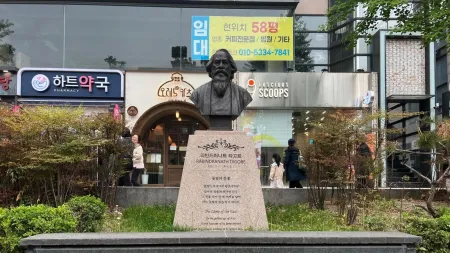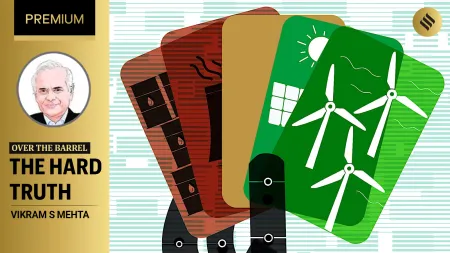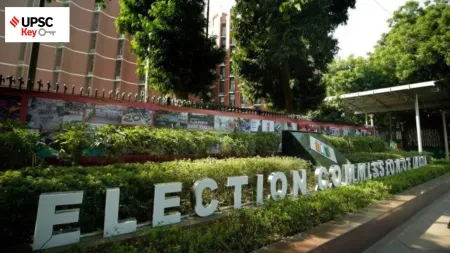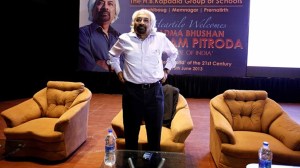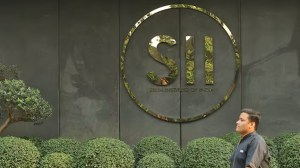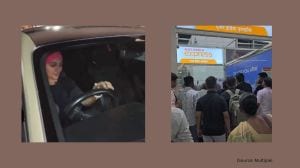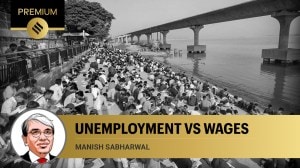- India
- International
Judiciary should not unwittingly lend its shoulders for somebody else’s gun to rest and fire
With the decline of purity in politics and the onset of corruption and inefficiency in public services, the judiciary has been emboldened into assuming more and more power over the legislature and executive.
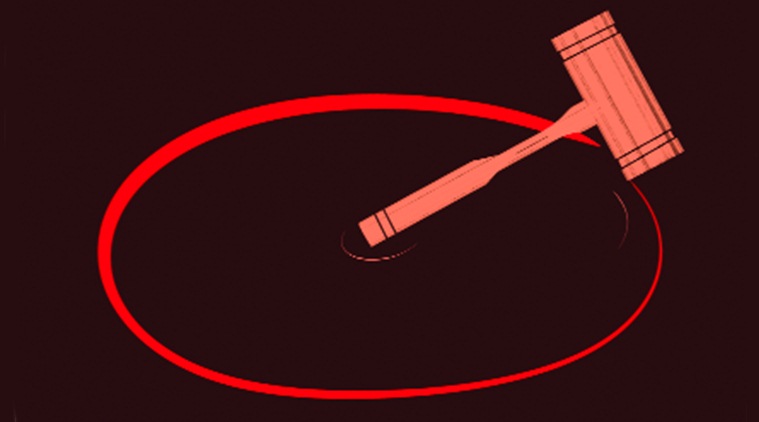 The media — print and electronic — may have failed in adequately highlighting the positive part of the executive’s actions. (Illustration by C R Sasikumar)
The media — print and electronic — may have failed in adequately highlighting the positive part of the executive’s actions. (Illustration by C R Sasikumar)
In a democracy, sovereign power of the state rests on three pillars — legislature, executive and judiciary. Well-defined boundaries prevent encroachment by one into the area of the other. The judiciary is the trustee of democracy and fundamental rights of the people. It has the power of judicial review over the legislature and the executive.
The Supreme Court, in the Eighties, devised Public Interest Litigation methodology, relaxing the rule of locus standi, if a case for the Court’s intervention is made out, in particular, where the fundamental rights of poverty-stricken, disabled, downtrodden or hapless are involved. The constitutional courts have also commenced taking suo motu cognisance of such facts, as impelling them to act if the fundamental rights of such people run the risk of being lost or irreparably damaged.
The Constitution empowers the judiciary to issue several writs. The jurisdiction often exercised by the constitutional courts is to issue the writ of mandamus, a high prerogative writ, used principally for public purposes and to enforce the performance of public functions and mandatory duties by the state.
With the decline of purity in politics and the onset of corruption and inefficiency in public services, the judiciary has been emboldened into assuming more and more power over the legislature and executive. This has come to be known as judicial activism. PIL and judicial activism have earned applause as they have enabled the people to secure prompt relief and protection of their rights, which they failed in securing from the other two wings of governance.
The judiciary has some inherent limitations. Judges are appointed and not elected. The judiciary does not have any investigation agency of its own to verify the truth of the averments made before it and assess the impact of its commands on people and the other two wings of governance. The notions formed by the judges and reflected in their opinions depend on their own teachings and upbringing, which may not necessarily be reflective of the public opinion, which in a democracy can be voiced only by the elected representatives of people. An error committed by the legislature or executive is capable of being corrected either by themselves or by the judiciary in the exercise of its power of judicial review. But an error in a judicial order, howsoever grave it may be, may not be capable of being corrected with that ease. A saner jurisprudential precept is: Do not issue a decree that cannot be enforced or the execution whereof the court cannot supervise!

Several well-known instances from the past two decades show some judicial commands have created a lot of confusion and misunderstanding and also resulted in slowing down the normal process of governance. Most competent, knowledgeable and bold officials who would have come up with innovative ideas to salvage an unusual situation are hesitant to act for the fear of being called upon to explain their action or inaction before the judiciary after many years, when memory and evidence have faded away. Having been associated post-retirement with some governmental committees and having got an opportunity of seeing the working of the public functionaries from inside, I can say with confidence that generally, the high officials of the government are conscientious, competent and go deep into the matter before planning the policies and taking decisions. The three wings of governance ought to trust each other and should not begin with the assumption that the other wing of governance must have faltered.
The oath taken by every judge is inter alia of being bold and independent. The judges shall never succumb to any pressure. The public opinion reaching the judges through media reports or the utterances of influential people shall neither force them to act nor deter them from acting. They shall act or refuse to act solely on the dictates of their own conscience. They shall not be overawed by the fear of what people would say.
Faced with any extraordinary adversity such as a pandemic taking over the country, the government is suddenly called upon to act on multiple fronts. Whatever good is done is often lost sight of and a casual view is formed that government has failed to act with the speed and vigour that some expect. It catches public attention and, sometimes, those who assume for themselves the role of flag-bearers swing into action. The media — print and electronic — may have failed in adequately highlighting the positive part of the executive’s actions. The inactive or less active parts of the executive are at times highlighted by the media, which consider it a part of their obligation to activate governance. Such highlights are not to be seen in isolation, segregated from immensely positive governmental planning and programmes.
The judiciary should be extremely cautious to see that it is not unwittingly lending its shoulders for somebody else’s gun to rest and fire. My experience as a member of the subordinate judiciary and later, as a member of the higher judiciary, has made me learn that too much judicial activism may turn out to be counter-productive. It may obstruct the normal functioning of the executive and divert the attention of public officials to collecting material for being placed before the court, drafting the pleadings and affidavits, briefing the government advocates (sometimes personal presence in the courts), making severe inroads on the time meant to be better utilised in the service of the nation and performing public service focused on meeting the challenges of calamities and endemics. Faced with notice of the court, the executive may feel compelled to alter its well-thought-out priorities, resulting in imbalance. The means and resources of the executive are also limited and need a rational allocation.
It is common knowledge that during the coronavirus pandemic, some unscrupulous people and news reports have not hesitated in using photographs of absolutely unconnected and past events, associating such photographs with the current reports to highlight that the situation is grim. By the time such designs are exposed, it may be too late. The country is passing through testing times. There are problems handed down to the present from the past, developed over the years and are yet to be solved. And, the coronavirus is not alone! There are earthquakes, fires, locust attacks, Amphan and so on. At the top are our neighbouring countries who, far from joining hands with us in fighting against the challenge to humanity, are threatening us. More the problems, more the need to concentrate on fighting adversities — public functionaries working day and night need our support and not pin-pricks.
Aharon Barak, President of the Supreme Court of Israel has said: “A long-standing political tradition and significant government restraint in exercising power — including judicial restraint based on the view that the judiciary is itself a branch of the state — are all that can prevent a crisis.” Patrick Devlin sounded a note of caution to judges when he said, “…enthusiasm is rarely consistent with impartiality and never with the appearance of it”, and counselled innovative judges to adopt wherever necessary an attitude that, “we could if we would but we think it better not”.
This article first appeared in the print edition on June 2, 2020 under the title ‘Judging wisely in tough times ’.
The writer is a former Chief Justice of India
EXPRESS OPINION
More Explained
May 09: Latest News
- 01
- 02
- 03
- 04
- 05




